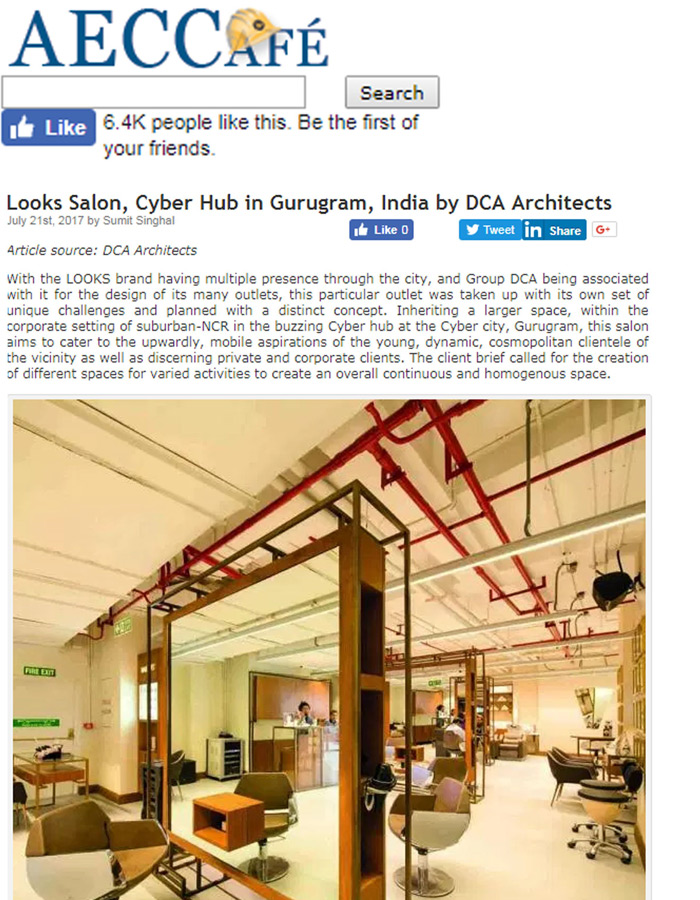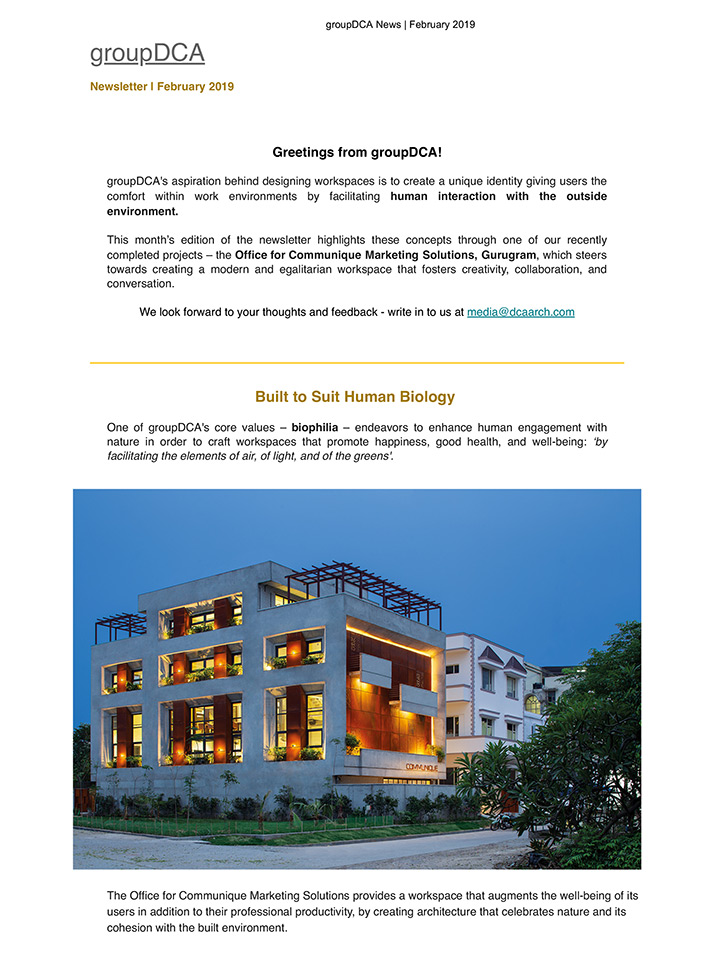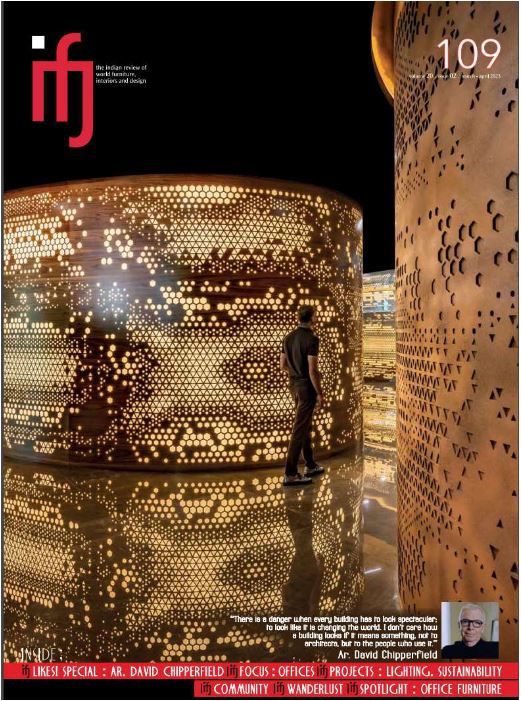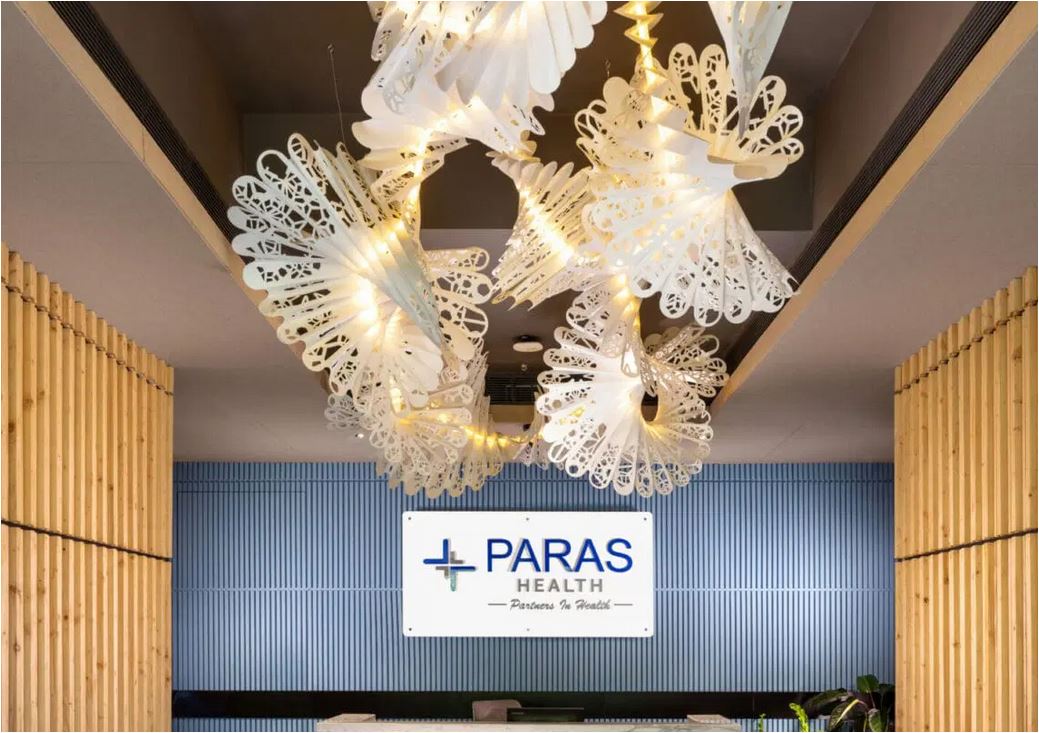The Art of Designing Staircases: Aesthetic and Functional
by groupdca August 1, 2025The Art of Designing Staircases: Aesthetic and Functional
Staircases are more than just vertical passages; they are architectural statements. From palatial flights in historic estates to minimal floating treads in contemporary homes, the staircase has long held architectural and symbolic significance. Today, it continues to evolve, not only as a means of movement but as a sculptural expression of space, materiality, and intent. A well-crafted staircase design thus balances visual drama with practical needs, seamlessly blending form and function.
In the world of modern architecture and interior design, staircases are being reimagined to do more: to anchor layouts, guide circulation, define vertical relationships, and add drama, often all at once. At groupDCA studio, the staircase is never an afterthought. It’s a design moment that speaks to both the aesthetic and the functional heart of a project.
Spatial Anchors That Guide Movement
Thoughtful staircase design begins with how it interacts with spatial flow. Instead of being tucked into corners or concealed within walls, staircases today are emerging as architectural focal points, organising the layout around themselves.
In the House of Continuity, the staircase serves as a sculptural connector at the heart of the home. Designed with a deliberate rhythm, it soars through expansive spaces defined by impressive double-height ceilings, visually binding each level while maintaining a sense of airiness. Similarly, at Visage O3, open risers and clean structural lines allow light to move freely, enhancing the vertical experience without obstructing spatial continuity.
This choreography transforms circulation into an intentional journey that is intuitive, elegant, and harmonious with the architecture.
Materiality That Elevates Form
In staircase design, the choice of material carries both visual and emotional weight. Whether bold or restrained, materials shape the way a staircase feels; underfoot and within the larger space.
In House of Verandahs, classical inspiration meets contemporary craftsmanship through the use of marble, wood, and wrought iron detailing. The resulting staircase strikes a balance between tradition and modern simplicity, offering tactile richness without ornamentation.
Elsewhere, in projects like the Visage office, materiality is leveraged for contrast and character. A brass and black marble staircase becomes a central design gesture, luxurious, grounded, and aligned with the brand’s identity. Whether in private residences or retail spaces, the use of textures like brushed metal, soft timber, or raw concrete imbues staircases with personality while reinforcing the overall design language.
Sculptural Presence, Structural Precision
While the visual appeal of a staircase is undeniable, its success is equally dependent on its precision and craftsmanship. The most impactful staircases, be it a floating staircase in a contemporary apartment or a dramatic spiral staircase in a luxury villa, require careful alignment between structural integrity and spatial elegance.
Take House of Two Worlds, for instance, where two mirrored spiral staircases anchor the home. Each curve is not only sculpturally expressive but also functionally responsive, integrating storage niches and framed views along its arc. These are not just passageways but spatial sculptures, engineered to endure and designed to inspire.
Balancing Aesthetic Impact with Practical Comfort
At its core, staircase design must always prioritise comfort and safety. Proportions, tread widths, handrails, and lighting; all must work together to ensure that the journey is as pleasant as it is visually appealing.
Group DCA’s approach to staircases blends luxury residential design with a clear understanding of real-life usability. Each design accounts for context, whether it’s compact city homes, expansive bungalows, or high-end retail environments, ensuring the staircase is suited not only to the space but also to the people who use it daily.
More Than a Means to an End
Staircases have moved beyond their utilitarian role. They now stand as symbols of movement, progress, and architectural clarity. Whether discreet or dramatic, they offer opportunities to define mood, articulate space, and bring artistry into the everyday.
At groupDCA, we view staircase design as an opportunity to create a lasting impression. Because when done right, a staircase doesn’t just take you somewhere, it makes you feel something on the way.








Comments (0)